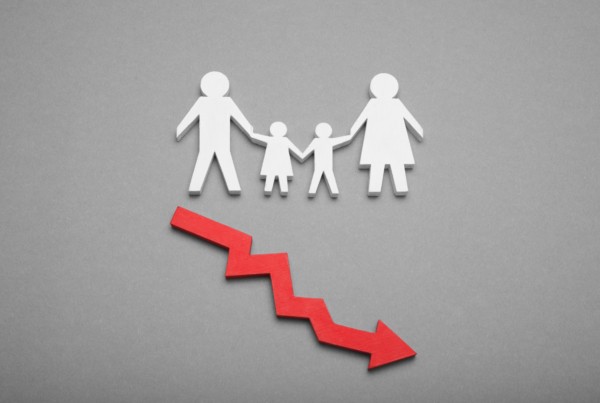Receiving an infertility diagnosis is hard, and when the reason for it is unexplainable, it can be even harder. But, just because doctors can’t pinpoint why pregnancy isn’t happening, it doesn’t mean you’ll never be a parent. Even after 12 months of unsuccessful attempts, 50% of couples with this diagnosis will conceive in the following year, and 12% in the year after. In this article we outline some of your options moving forward.
Treatment for unexplained infertility
Because there’s no known cause for your infertility, your healthcare provider will likely base the way forward on their clinical experience with similar cases – and some guesswork. Your female partner’s age will also be taken into consideration. Recommended treatment may be more aggressive if your partner is over 35. For younger patients, the first step involves lifestyle changes and timed intercourse, followed by medication, and eventually assisted reproductive technology, such as in vitro fertilization (IVF), if pregnancy isn’t achieved by then.
Timed Intercourse
Unlike what we’ve been told when younger, there is only a specific time window in the menstrual cycle where conception can occur. Your doctor may suggest ovulation monitoring and timing intercourse accordingly.
Lifestyle changes
What you eat and the type of lifestyle you lead matters. Avoid smoking, drinking and recreational drugs, be aware of your diet and try to maintain a healthy weight. Mild exercise also helps and taking stock of what’s stressing you out can improve your mindset – and overall health. If you want to see how lifestyle changes are affecting your sperm, you can do so at home with a Yo Sperm Test. The test measures your motile sperm concentration and records a video which you can share with your healthcare provider.
Medication
Your fertility doctor may recommend that your partner takes clomid or gonadotropins to stimulate egg production and ovulation. Some doctors suggest intrauterine insemination (IUI) with fertility drugs. In IUI, washed sperm is placed directly in the uterus. With this medication, your partner may produce more than one egg which increases your chances of a multiple pregnancy (twins or more).
Assisted Reproductive Technology
The next step is IVF. In this procedure, mature eggs are retrieved from the ovaries and fertilized by sperm in a lab.The fertilized egg (now an embryo) is then transferred to the uterus. In unexplained infertility cases, the cause of the infertility is often found during this treatment. IVF records great success rates but it’s also more invasive and expensive (not all insurance plans cover this treatment option).
To conclude
Knowing what comes next and outlining the next steps can help remove some of the ambiguity and frustration tied to an unexplained infertility diagnosis. We hope you find this information helpful as you map out the way forward.







